“I owe my life and my baby’s to Joyce Maringa,” explained 15-year-old Rachel Kameme. On January 17, 2014, while in labor, she travelled 25 km to Waita Health Center. The nurse in charge, Joyce Maringa, helped safely deliver Kameme’s baby. However, a few hours after giving birth, Rachel suffered a postpartum hemorrhage, a serious potential complication of childbirth.
Before 2012 when the Ihigia-ini Youth Bunge was formed in Murang’a County, many members were unemployed and relied on menial jobs for survival. “Many of us were idlers before forming the bunge. We would spend our time drinking alcohol with the little money we earned and we were a menace to society. I was a drunkard and I barely made any income,” said David Mwangi, president of the 21- member group of eleven women and ten men.
“The Coke 5by20 Project has helped me expand my business and also create employment for other youth,” explained Lilian Moraa Sosi of the project that is called 5by20.
The goal of the project is to reach 5 million women by the year 2020 with interventions to increase entrepreneurialism. USAID is partnering with the Coca-Cola Company through Kenya’s National Youth Bunge (Youth Group) Association to provide free refrigerators and coolants so the women can sell sodas at their businesses.
Kericho County Youth Bunge’s Savings and Credit Cooperative Organization (SACCO) is one of several set up by USAID/Kenya under the Yes Youth Can (YYC) project to empower Kenyan youth through low-interest loans and grants. “We have issued 64 boda-boda (motorbikes) and 81 normal loans worth 13.8 million Kenya Shillings (Ksh) ($149,000),” said Naomy Rono, the SACCO Chair. As of March 2015, the SACCO boasted Ksh 5 million ($54000) in member savings.
“A steady diet of nutritious feed is necessary for dairy cows to produce more milk,” explained Rose Chelang’at, a dairy farmer from Kericho County. Dairy farmers in Kenya struggle to provide nutritious and high-quality fodder for their cows.
After receiving training that was facilitated by USAID’s Kenya Agricultural Value Chains Enterprises (KAVES), Rose decided to try hydroponics technology and bought the required material.

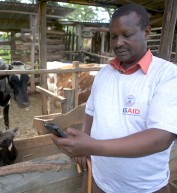
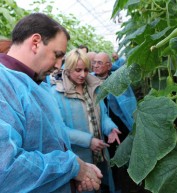
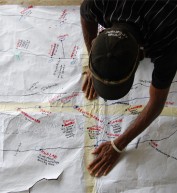
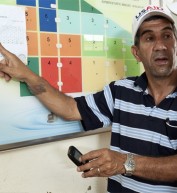

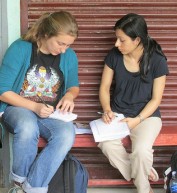

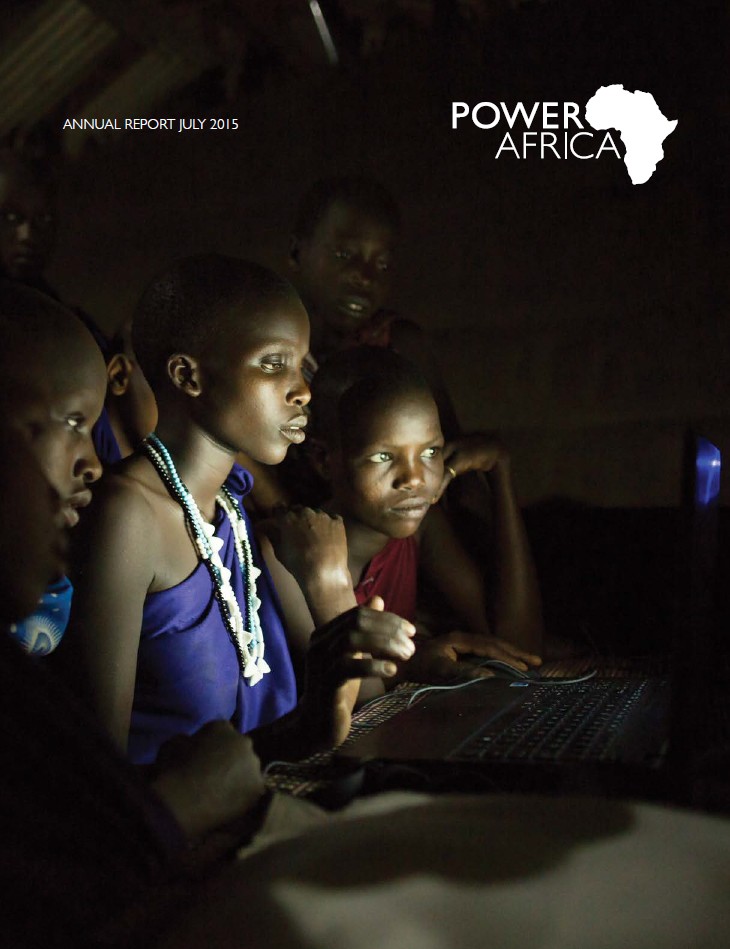
Comment
Make a general inquiry or suggest an improvement.